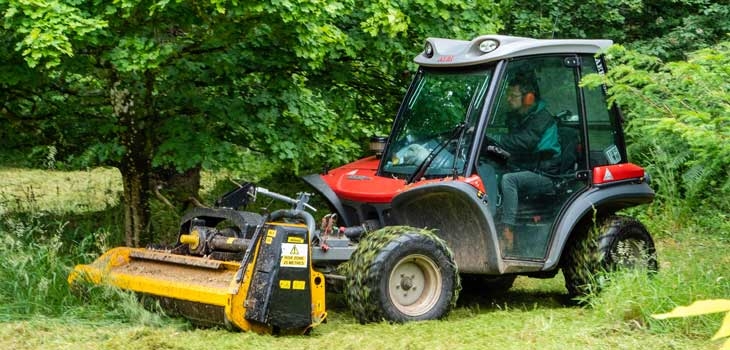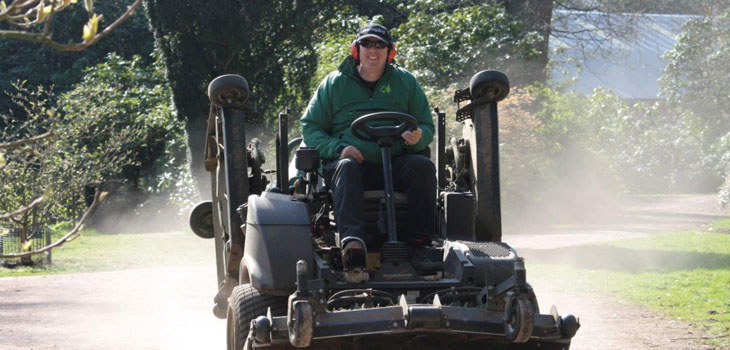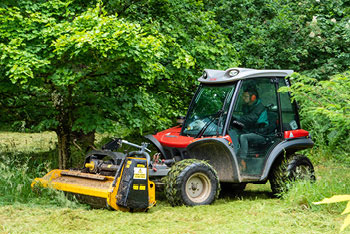Mowing season
Mowing is one of those tasks, you either love it or hate it. From manicured lawns to wild jungle-like gardens, they all take time to manage.
Here at Westonbirt, mowing is even more of a task. From March to late October, our team mow the equivalent of approximately 1800 football pitches. The yearly mowing regime is a very complex piece of work that is carried out not just to keep the place looking tidy. This is called Flora and Sward Management Plan.

It also helps to manage a diverse wildflower population for an entourage of benefits they provide, bees, butterflies, moths, flies, and a host of other invertebrates which feed into a much wider and very diverse ecosystem.
There are two regimes: one for short grass and one for long grass. Mowing begins in March with the first cuts of short grass. These are carried out to keep the place looking tidy in main visitor areas, not all short grass is cut short to begin with as areas further back from paths are rich with wildflowers, particularly bluebells in spring. As the year goes on the amount of short grass is gradually increased as the flowers go over. By late summer, all areas that are designated as short grass will be cut using large batwing mowers.
However, we also retain large areas of long grass for ecological reasons and luckily for us, it also massively reduces the overall amount of grass we need to cut. This has the benefit of reducing workload, reducing the number of fossil fuels used to run machines and the impact on visitors with mowers being used, they are noisy and kick up dust. These areas are traditionally cut on an individual basis at certain times of the year as we know what wildflowers are within them. Following best practice guidelines means we will wait until mid-July at the earliest to cut them. This is carried out by the tree team using a tractor-mounted flail.

We also have large areas across The Downs and the valley, which are again managed for biodiversity. This too is left to grow long and is cut by a contractor to be taken away as hay in early August. After this, we bring in cattle to graze the valley overwinter until March when it begins all over again. Likewise, we also have Silk Wood House and two fields near the main car park which is essentially another 30 acres of grassland. This is grazed by sheep from a local farmer, under a grazing licence. By grazing, it reduces the amount of grass we must cut each year and helps to support the local rural economy.
There are ways of managing your lawn that can help contribute to wildlife and the ecosystem. Gardens are crucial for nature. Did you know they cover more space than all UK National Nature Reserves put together? Consider creating a wildflower section of your garden to provide pollinators and insects with food. Or try not mowing your lawn for a month; this will help you create the perfect habitat, for pollinating bees, beetles, butterflies, and more wildlife, by allowing the grass to become long.
Whether you are a green-fingered or a nature novice, lawn cultivation is something you can spend a little or a lot of time on, but at least you don’t need to mow for months!
Read our other blogs about managing Westonbirt's natural collection...
